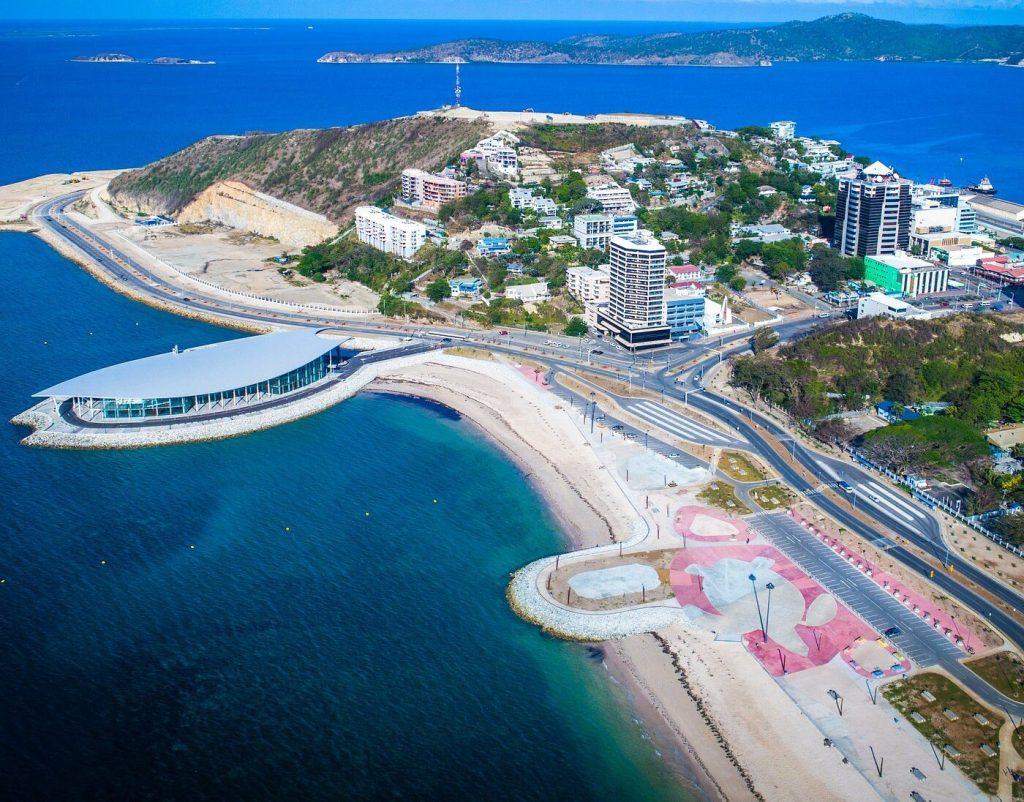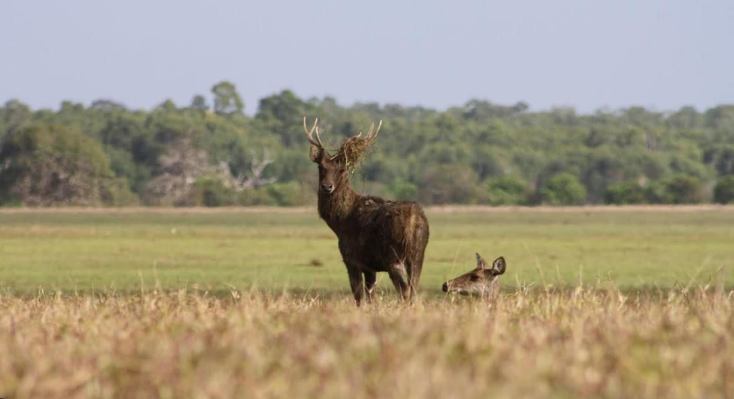Papua New Guinea (PNG) is a land of extraordinary natural beauty, rich cultural diversity, and thrilling adventure. From lush rainforests to vibrant coral reefs, this Pacific paradise offers an array of experiences that cater to all types of travelers. Whether you’re a nature enthusiast, culture buff, or adventure seeker, PNG has something special to offer. Here are the top 10 must-visit destinations in Papua New Guinea that should be on every traveler’s list.
1. Port Moresby
As the capital city of Papua New Guinea, Port Moresby is the gateway to the country and a vibrant cultural hub. Explore the National Museum and Art Gallery to gain insight into PNG’s history and culture. Visit the Botanical Gardens to relax amidst lush tropical flora, and don’t miss a trip to the waterfront for stunning views of the Coral Sea.

2. New Ireland
New Ireland, located to the northeast of the PNG mainland, is an island province known for its striking coastline, traditional malagan carvings, and rich marine biodiversity. Visit Kavieng, the capital, for world-class surfing, diving, and fishing. Discover ancient cultural practices and take part in community-based tourism that showcases local customs, dances, and festivals. The island’s relaxed pace and natural beauty make it an ideal escape.
3. Mount Hagen
Known for its colorful and energetic cultural festivals, Mount Hagen is a must-visit for those interested in traditional Melanesian culture. The Mount Hagen Cultural Show, held annually in August, features an array of traditional dances, music, and elaborate costumes from various tribes. It’s a perfect opportunity to witness PNG’s rich cultural heritage.

4. Kokoda Track
For the adventurous traveler, the Kokoda Track is a legendary trek that offers both physical challenge and historical significance. This 96-kilometer trail traverses the Owen Stanley Range and follows the route of the historic World War II campaign. Hike through rugged terrain, lush rainforests, and remote villages while immersing yourself in the stories of courage and resilience.

5. Tufi
Tufi, located in Oro Province, is renowned for its breathtaking fjord-like bays and vibrant coral reefs. This coastal paradise is a diver’s dream, offering spectacular underwater experiences in pristine marine environments. Tufi is also an excellent base for exploring nearby waterfalls and traditional village life.

6. Rabaul
Rabaul, situated on the island of New Britain, is known for its dramatic volcanic landscapes and historical significance. After the eruption of Mount Tavurvur in 1994, the town was largely destroyed, but its unique geography and remnants of past eruptions make it a fascinating destination. Visit the Rabaul Volcano Observatory for insights into the area’s volcanic activity and enjoy panoramic views from nearby hills.

7. Kimbe Bay
Kimbe Bay, located on New Britain Island, is a premier destination for diving enthusiasts. The bay boasts some of the world’s most diverse and pristine coral reefs, making it a hotspot for underwater exploration. With abundant marine life, including colorful fish, sharks, and turtles, Kimbe Bay offers an unforgettable diving experience.

8. Sepik River
The Sepik River is one of PNG’s most iconic waterways, famous for its unique cultural and ecological significance. Take a riverboat cruise to explore traditional villages, vibrant art and craft markets, and the mesmerizing Sepik Crocodile Festival. The river is also home to diverse wildlife, including bird species and crocodiles.

9. Madang
Madang, a coastal town on the northern coast of PNG, is known for its stunning natural beauty and excellent snorkeling and diving spots. The area is surrounded by crystal-clear waters, pristine coral reefs, and lush tropical landscapes. Visit the nearby islands of Karkar and Bagabag for more adventure and relaxation.

10. Tonda Wildlife Sanctuary
For wildlife enthusiasts, the Tonda Wildlife Sanctuary in the Western Province offers a chance to experience PNG’s diverse ecosystems. The sanctuary is home to a variety of species, including rare birds and the elusive cassowary. Enjoy guided wildlife tours and explore the rich biodiversity of this protected area.

11. Goroka
Goroka, nestled in the Highlands region, is renowned for its cultural richness and vibrant markets. The Goroka Show, held in September, is one of the country’s largest cultural festivals, featuring performances from various tribal groups. Explore local markets for traditional handicrafts and sample local cuisine in this lively town.



